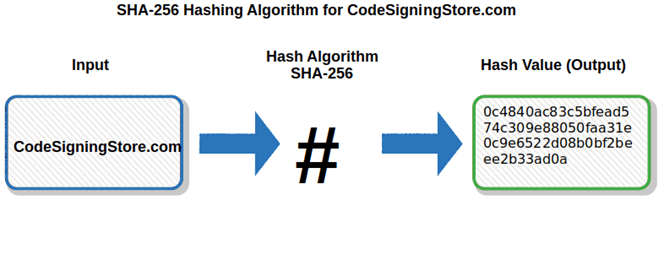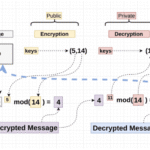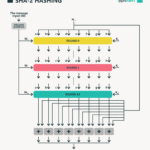In the realm of cryptography, the choice of hash algorithms plays a pivotal role in ensuring the integrity and security of data. Two of the most ubiquitous hashing algorithms are SHA-1 and SHA-256, each with its own characteristics, strengths, and vulnerabilities. This article delves into a comparative analysis of SHA-1 and SHA-256, exploring their functionality, historical context, and the implications of their use in modern security practices.
Historical Background and Evolution of SHA Algorithms
The Secure Hash Algorithm (SHA) family resides at the heart of cryptographic applications. SHA-1, introduced in 1995, was a milestone in cryptographic hashing designed by the NSA. It generates a 160-bit hash value and was widely adopted in various protocols, including SSL/TLS and digital signatures. Conversely, SHA-256 is a part of the SHA-2 family, which was released in 2001 as a response to the emerging vulnerabilities found in SHA-1. Utilizing a more complex structure, SHA-256 produces a 256-bit hash value, thereby enhancing security.
This historical trajectory reveals a critical truth: as computational power increases, so too does the complexity of attacks on these algorithms. Thus, while SHA-1 was once deemed robust and reliable, the passage of time combined with advancements in cryptanalysis has rendered it less trustworthy.
Structural Differences and Security Implications
At its core, the structural design of SHA-1 and SHA-256 significantly influences their security profiles. SHA-1 employs a simpler algorithmic design, relying on a series of logical functions and message scheduling that produce a concise output. Such a simplistic approach made SHA-1 vulnerable to collision attacks, where two distinct inputs yield the same hash value. As researchers delved deeper into the properties of SHA-1, they unearthed several vulnerabilities, culminating in practical collision findings as early as 2017.
In stark contrast, SHA-256 leverages a more intricate algorithm predicated on a construction known as the Merkle-Damgård paradigm. This design not only enhances the randomness of the output but also complicates the process of deriving hash values from original messages. Consequently, SHA-256 provides a significantly higher resistance to collision and pre-image attacks, thus fortifying its position as a more secure alternative.
Performance Considerations: Speed vs. Security
Another essential aspect to consider in the SHA-1 vs SHA-256 debate is performance. Given its simpler structure, SHA-1 operates faster than SHA-256, especially in environments where computational resources are limited. For instance, web applications and lightweight devices may find SHA-1 appealing due to its speed and lower resource consumption.
However, this speed comes at a considerable cost: security. In an era where data breaches are alarmingly prevalent, prioritizing speed over security can lead to catastrophic consequences. The sluggish advancements in computational hardware have prompted organizations to reassess their risk management strategies and opt for algorithms that provide better security despite potential speed drawbacks.
Practical Applications and Current Trends
Several sectors, particularly finance and healthcare, now emphasize the importance of employing SHA-256 for critical operations. As these industries deal with sensitive data, the assurance of cryptographic security is paramount. Implementing SHA-256 serves not only as a powerful deterrent against potential adversaries but also fosters trust between consumers and service providers.
The Road Ahead: Moving Beyond SHA-256
While SHA-256 provides substantial security improvements over SHA-1, the cryptographic community is not resting on its laurels. As technology evolves, so do potential threats, leading researchers to investigate even more secure hashing algorithms, such as SHA-3. This exploration highlights a fundamental principle within cryptography: trust in hash algorithms is not static; it is dynamic and subject to change as new vulnerabilities are unveiled.
Moreover, the rising prominence of quantum computing necessitates a shift towards quantum-resistant algorithms. This evolution is crucial in safeguarding cryptographic systems against the hypothetical future where quantum processors could efficiently break current hash functions.
Conclusion: The Trust Factor
In considering the question of whether to trust SHA-1 or SHA-256, the latter emerges clearly as the superior choice. With its robust security features, resistance to attacks, and broad applicability, SHA-256 aligns more closely with contemporary security needs. The allure of SHA-1 may still linger due to its speed, but as data breaches become increasingly rampant, the costs of such a choice could be dire. Ultimately, as we navigate an ever-evolving digital landscape, the imperative remains: invest in algorithms that inspire trust and safeguard the integrity of our data.









Leave a Comment